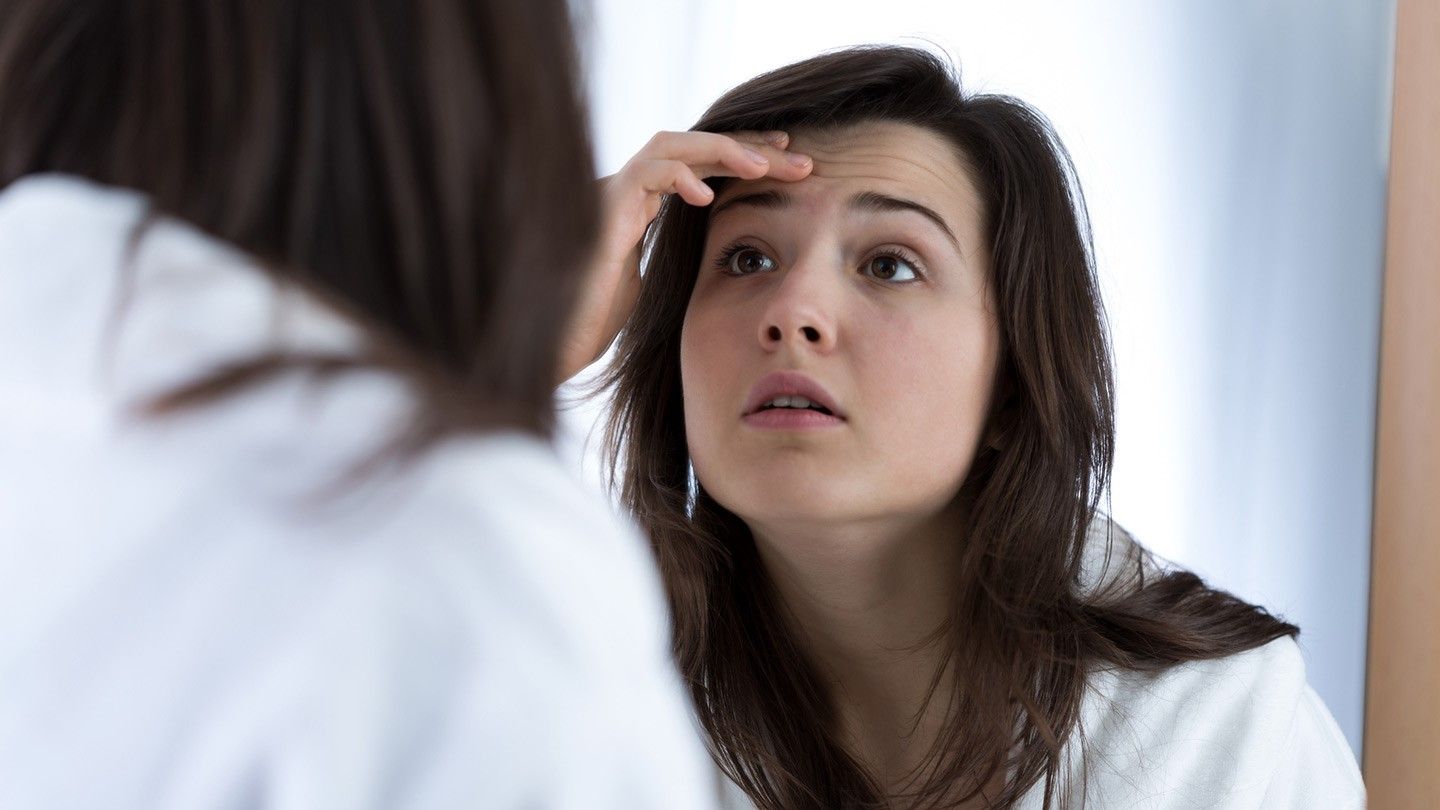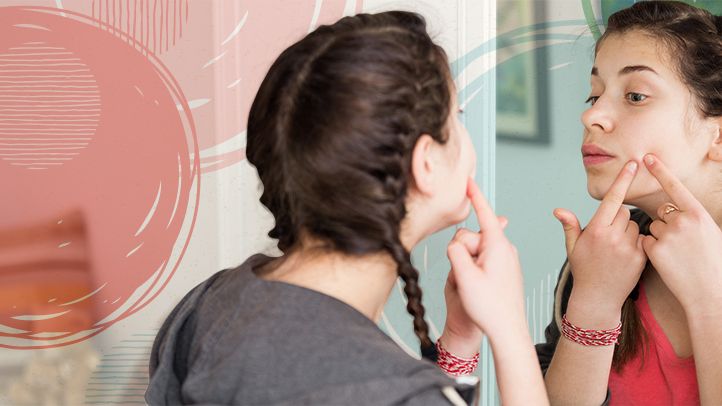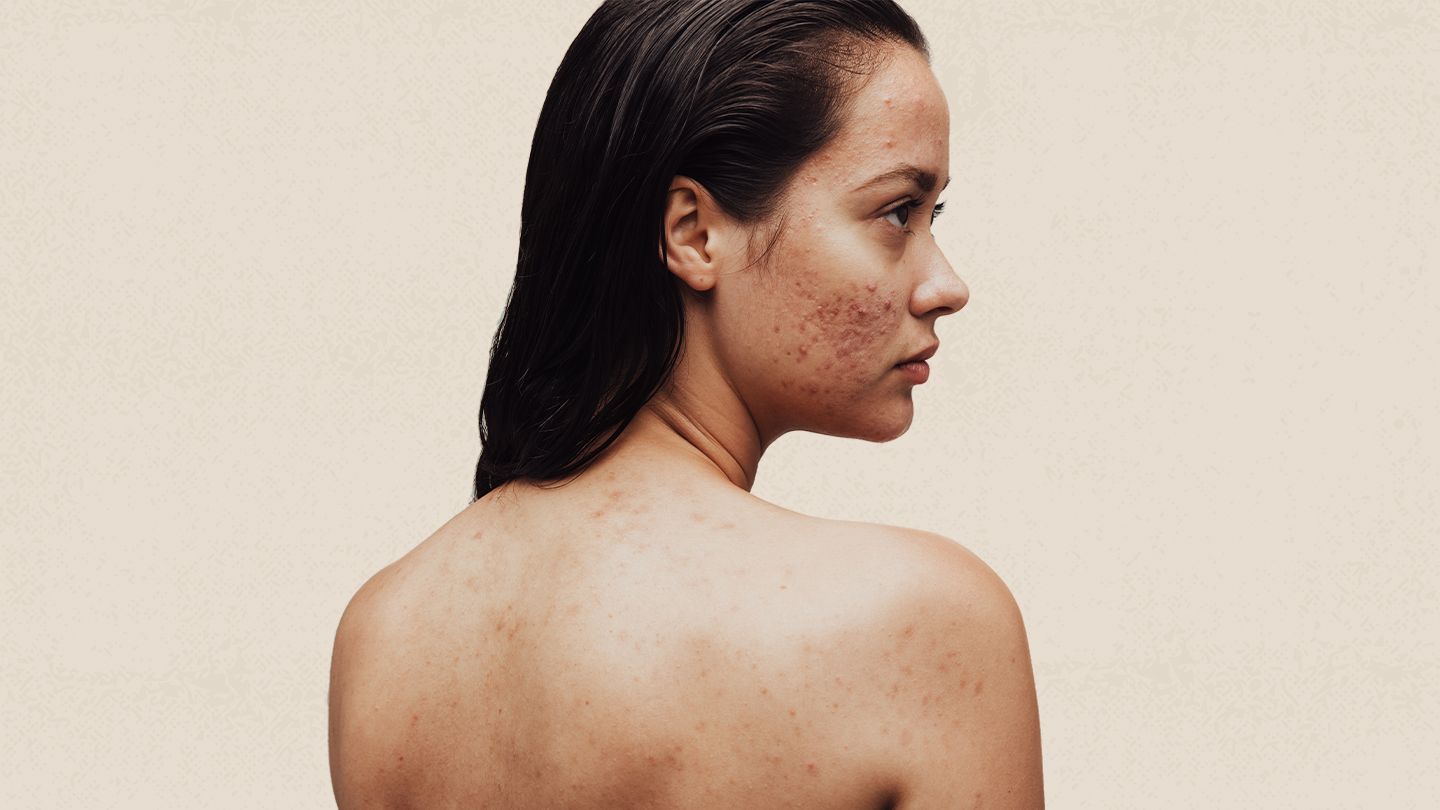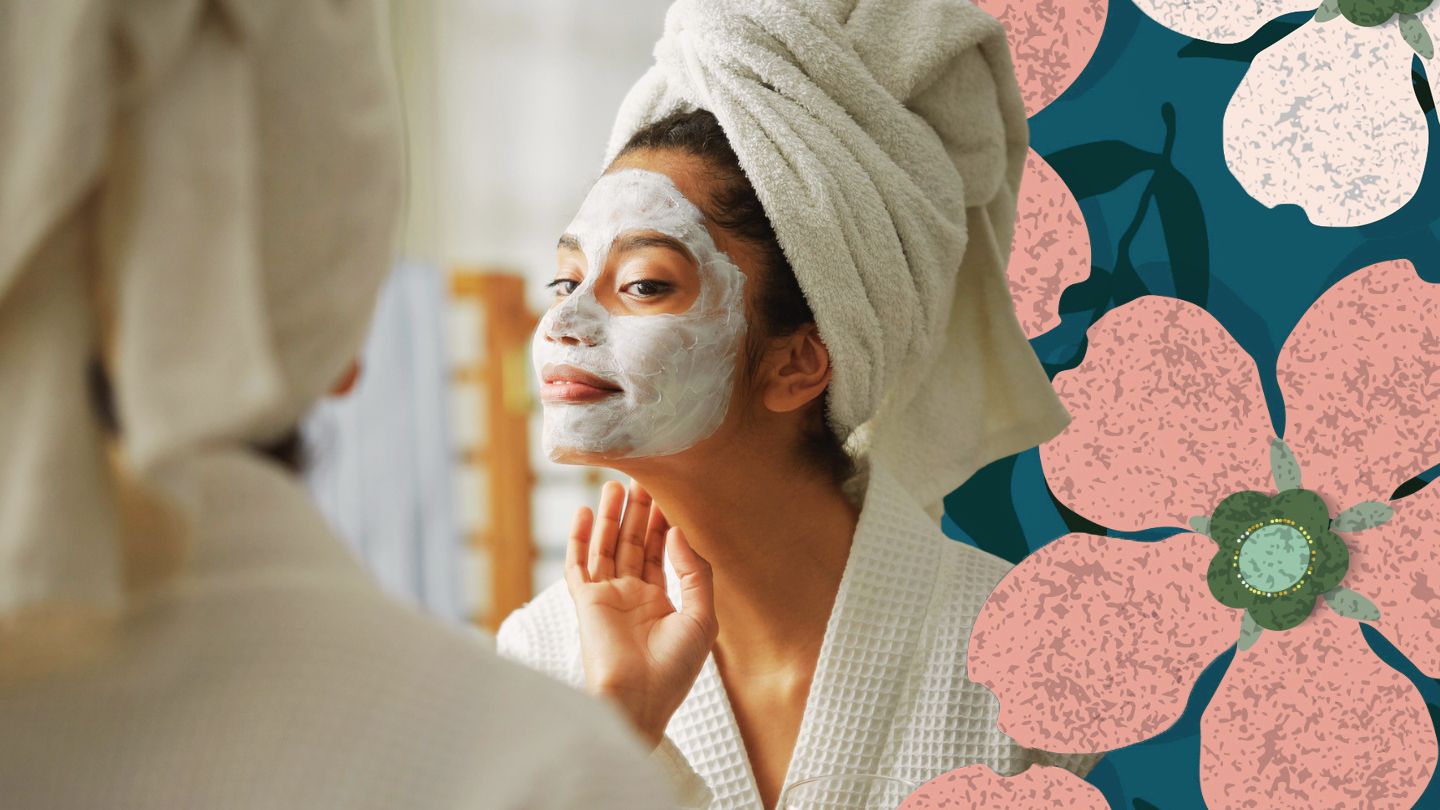Understanding Back Acne
Acne is a common skin condition that can occur anywhere on the body where there are sebaceous glands, including the back. Back acne, also known as bacne, develops in the same way as other types of acne.
What Causes Bacne?
There are four main causes of back acne:
- Excess oil (sebum) production
- Shedding of dead skin cells
- Bacteria buildup
- Inflammation
When excess sebum combines with dead skin cells and acne-causing bacteria, it can plug up follicles on the skin. This allows pimples, cysts, nodules, and other blemishes to form on the back.
Who Develops Bacne?
People of all ages can develop some form of body acne. However, it is most common during puberty and adolescence due to hormonal changes. It also frequently affects athletes and active individuals who sweat heavily on their backs.
Types of Bacne
There are several types and classifications of back acne:
Non-Inflammatory Bacne
This mild form manifests as whiteheads and blackheads. The blemishes are typically small and do not become red or swollen.
Inflammatory Bacne
This moderate to severe type involves painful pustules, papules, nodules, and cysts. It leads to visible irritation and inflammation on the back.
Stubborn Bacne
Sometimes bacne can be challenging to treat and clears slowly. This may be due to resistant bacteria strains, very oily skin, or underlying medical conditions.
Bacne Prevention Tips
Making certain lifestyle changes can help prevent and treat back acne, including:
Practice Proper Hygiene Habits
Wash your back daily with a gentle cleanser. Avoid harsh scrubs. Also, wear clean, loose clothing to prevent excessive sweating and irritation.
Regulate Hormones
Hormonal therapies, supplements, or medications may help keep hormones balanced. For women, regulating the menstrual cycle or taking birth control pills can prevent hormone fluctuations.
Reduce Stress Levels
High stress is linked to acne breakouts. Try exercising, getting a massage, practicing meditation, or making time for enjoyable hobbies every day.
At-Home Bacne Treatment
Using over-the-counter products can clear up mild back acne. Effective ingredients to look for include:
Benzoyl Peroxide
This antibacterial compound works by killing acne-causing bacteria on the skin while drying out excess oil and dead skin cells clogging pores.
Salicylic Acid
Salicylic acid is a beta hydroxy acid that exfoliates dead cells and sebum to keep pores clear. It also reduces swelling and redness.
Retinoids
Retinoids such as adapalene and tretinoin promote skin cell turnover to prevent pores from becoming clogged while decreasing inflammation.
Sulfur
Sulfur acts as a keratolytic agent to break down dead skin cell clusters causing whiteheads and blackhead acne lesions.
Professional Bacne Treatment Options
For moderate to severe bacne, visiting a dermatologist is recommended. They may prescribe the following medical treatments:
Topical or Oral Antibiotics
Antibiotics combat bacteria on the skin and reduce associated inflammation. Common topical antibiotics for acne include clindamycin and erythromycin.
Isotretinoin
Isotretinoin is an oral retinoid drug for severe, nodular cystic acne. It addresses excess oil production and altered skin cell growth.
Laser or Light Therapy
Laser resurfacing removes outer layers of skin to boost collagen production and smooth scars. Photodynamic therapy uses light therapy to eliminate acne bacteria.
Steroid Injections
Corticosteroid injections deliver anti-inflammatory medication directly into swollen blemishes for rapid relief.
How to Cover Up Bacne
Strategic wardrobe choices combined with cosmetic products can temporarily disguise back acne:
Wear Backless Tops Sparingly
Limit wearing backless or strapless garments until your bacne clearing up. Opt for loose blouses, tees, tank tops, or dresses offering more coverage over the upper back.
Apply Body Makeup
Try using a full-coverage body foundation with buildable pigment to seamlessly disguise acne. Always set liquid or cream formulas with translucent setting powder.
Use Hairstyles to Conceal Bacne
Wear your hair down in loose styles that flow over your back and shoulders. Any up-dos should fully cover the breakout areas.
The Takeaway
Bacne is a treatable skin condition with a variety of management options available. Combining preventive measures with over-the-counter washes, creams, and spot treatments often clears up back acne. For severe, treatment-resistant cases, visiting a dermatologist opens up stronger medical therapies that can alleviate this frustrating issue.
FAQs
What's the best way to prevent bacne?
The best ways to prevent back acne include practicing good hygiene by washing regularly with a gentle cleanser, wearing loose-fitting and breathable fabrics, regulating hormones in the case of hormonal acne, and reducing stress through relaxation techniques.
How can I get rid of bacne scars?
Using products with ingredients like retinoids, alpha hydroxy acids, vitamin C, and niacinamide can help fade bacne scars over time. Professional treatments like microneedling, laser resurfacing, chemical peels, and steroid injections can also minimize the appearance of scarring.
What should I avoid wearing if I have bacne?
Avoid wearing clothing that could irritate existing bacne breakouts, like tight-fitting shirts, coarse fabrics, underwater straps, backpacks, and products containing skin-clogging ingredients. Opt for loose, soft, breathable fabrics instead.
Can I pop pimples on my back?
No, you should not pop pimples on your back. Doing so can worsen inflammation, push bacteria deeper into the skin, and increase your risk of infection and scarring. Allow blemishes to heal on their own or see a dermatologist for proper extraction if necessary.
Disclaimer: This article is for informational purposes only and does not constitute medical advice. Always consult with a healthcare professional before starting any new treatment regimen.
Related Coverage
Fungal acne is a skin condition caused by yeast overgrowth on the face. Learn what causes it, symptoms to spot, and effective anti-fungal treatment methods....
Pimples on the knee are common and have various causes. Learn how to treat and prevent knee pimples at home, when to seek medical care, and how dermatologists can help....
Trade refined white buns for nutritious whole wheat or low carb burger bun alternatives like lettuce, mushroom caps, nut/seed buns, cheese, coconut flour buns, or protein buns....
Does fasting cause acne breakouts? Intermittent fasting may impact hormones and lead to more pimples. Get tips to prevent acne flares during fasting....
Making out can cause acne breakouts by transferring oils, bacteria, and irritants between partners' faces. Learn expert tips to prevent pimples from kissing....
Keratosis pilaris bumps may be tempting to pop but can lead to scarring, infection, and more inflammation. Here's how to safely treat KP bumps....
Sulfur offers remarkable benefits for acne, including oil absorption, antimicrobial properties, and exfoliation. Discover its advantages for clear skin....
Acne can leave deep physical and emotional scarring. Learn how to cope with the shame and rebuild your self-esteem after years of struggling with bad skin....
Discover dermatologist tips for an acne-fighting skincare routine. Learn the best moisturizer ingredients to clear, hydrate and protect teenage skin....
Cysts and pimples have distinct differences in their causes, appearance, pain levels, and treatment methods. Learn how to identify and manage cystic acne....







